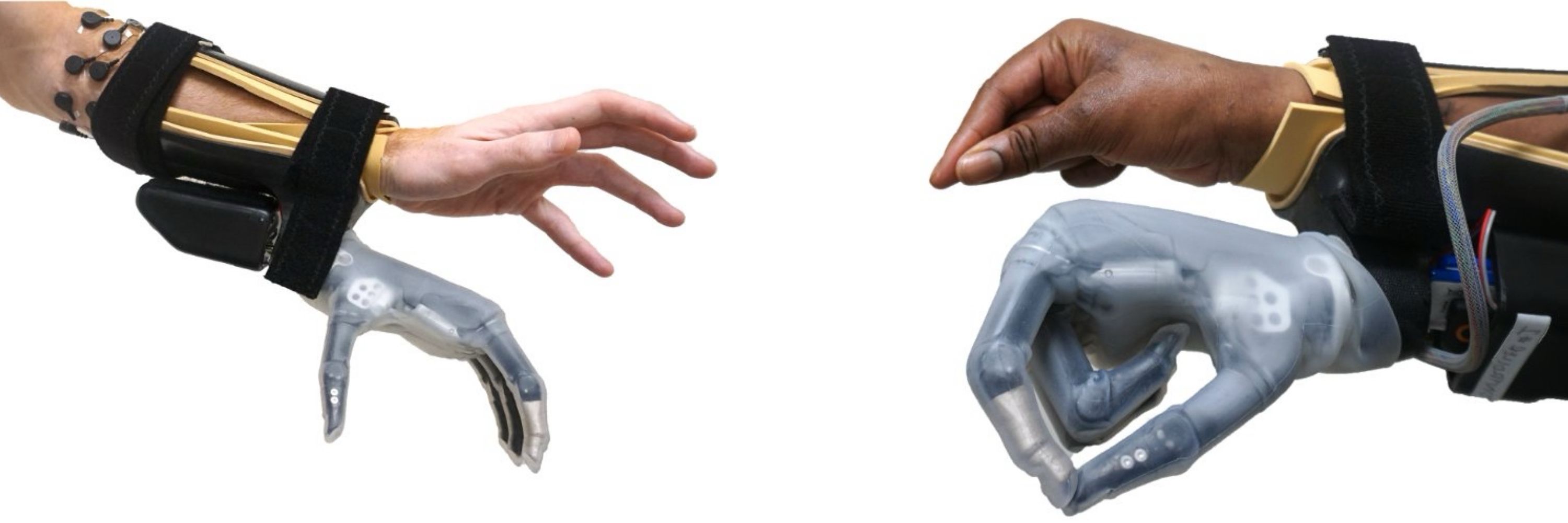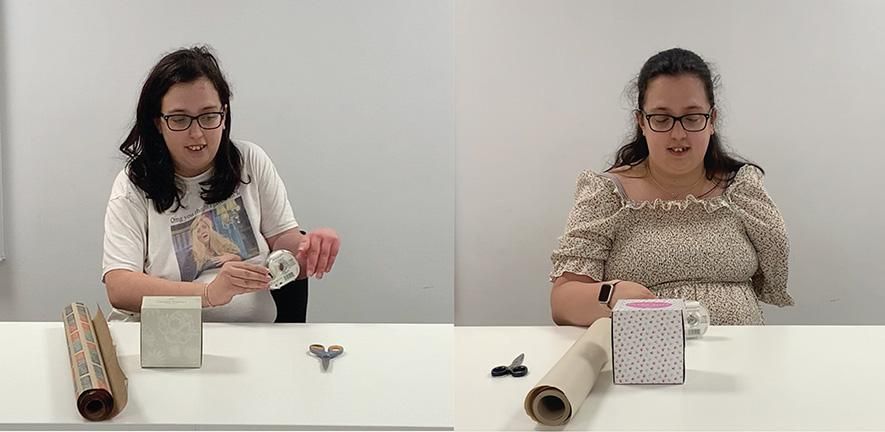Hunter Schone
@hunterschone.bsky.social
1.3K followers
790 following
41 posts
www.hunterschone.com
Assistive technologies and neuroplasticity | NIH BRAIN Initiative postdoctoral fellow in the Collinger lab at the University of Pittsburgh | Prev: UCL and NIMHgov | 🏳️🌈
Posts
Media
Videos
Starter Packs
Pinned
Reposted by Hunter Schone
Vishal Rawji
@vishrawji.bsky.social
· Jul 18

Multidimensional motoneuron control using intramuscular microelectrode arrays in tetraplegic spinal cord injury
Loss of hand function after spinal cord injury (SCI) significantly impairs independence and quality of life. Although residual muscle activity recorded on the skin can provide intuitive control signal...
www.medrxiv.org
Hunter Schone
@hunterschone.bsky.social
· Aug 22
Reposted by Hunter Schone
Hunter Schone
@hunterschone.bsky.social
· Aug 22
Hunter Schone
@hunterschone.bsky.social
· Aug 22
Reposted by Hunter Schone
Hunter Schone
@hunterschone.bsky.social
· Aug 21
Hunter Schone
@hunterschone.bsky.social
· Aug 21
Hunter Schone
@hunterschone.bsky.social
· Aug 21
Reposted by Hunter Schone
Reposted by Hunter Schone
Reposted by Hunter Schone
Hunter Schone
@hunterschone.bsky.social
· Aug 21
Reposted by Hunter Schone
ZeigerLab
@zeigerlab.bsky.social
· Aug 21

Barrel cortex plasticity after photothrombotic stroke involves potentiating responses of pre-existing circuits but not functional remapping to new circuits - PubMed
Recovery after stroke is thought to be mediated by adaptive circuit plasticity, whereby surviving neurons assume the roles of those that died. However, definitive longitudinal evidence of neurons chan...
pubmed.ncbi.nlm.nih.gov
Hunter Schone
@hunterschone.bsky.social
· Aug 21












